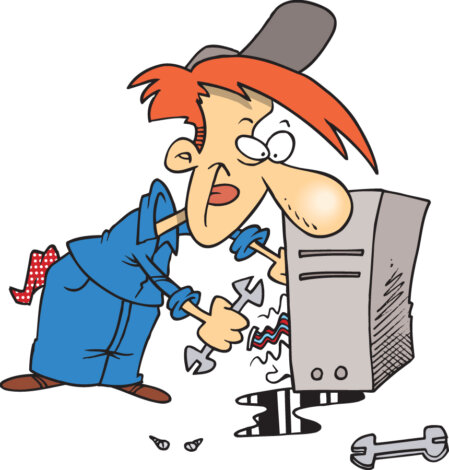Replace Repair Equipment

Buying new equipment versus repairing old equipment
To analyze machine replacement, you need to compare the total cost of ownership (TCO) for both the existing and new machines over their estimated lifespan. This includes initial purchase cost, operating costs (maintenance, fuel, labor), and disposal costs. By comparing these costs, you can determine if the new machine provides a better economic return than continuing to operate the old machine.
Analyzing the decision of whether to repair or replace equipment is a critical process for maintenance management professionals aimed at minimizing an asset’s total cost of ownership and avoiding significant financial and operational risks This decision is not a simple routine task but requires careful consideration of the costs and benefits of each option through thorough analysis.
The importance of this decision stems from the potential long-term effects of a hasty choice. Repairing equipment can be cost-effective in the short term, often being less expensive and quicker than replacement, and potentially extending the asset's life. However, if underlying causes of failure are not addressed, ongoing repairs can increase maintenance costs, lower productivity, and cause costly unplanned downtime. Conversely, replacing problematic equipment may be more beneficial in the long run, as new equipment typically requires less maintenance initially, offers new features that enhance productivity, and is more reliable, though it requires a significant upfront investment.
Key factors to consider when making repair vs. replace decisions include:
- Estimated useful life
- Equipment age and condition
- Costs of lost production due to downtime for repairs or new equipment installation
- Budget constraints
- Warranty coverage
- Safety or health risks
- Historical and current performance
- Energy efficiency
- Availability of maintenance resources
- Time required for installation and training
- Costs of supporting spare parts and inventory
Calculate the Repair Costs: Estimate the costs of parts, labor, shipping, and other fees for the immediate repair. Crucially, estimate the cost of potential future failures by reviewing historical records of how often the asset failed and the cost of each repair.
Calculate Replacement Costs: Determine the price of the new asset, factoring in additional costs such as delivery, installation, integration with existing systems, and training for operators. Consider the new asset's expected lifespan and performance capabilities, as greater efficiency might justify a higher upfront cost
Analysis Tools Used
